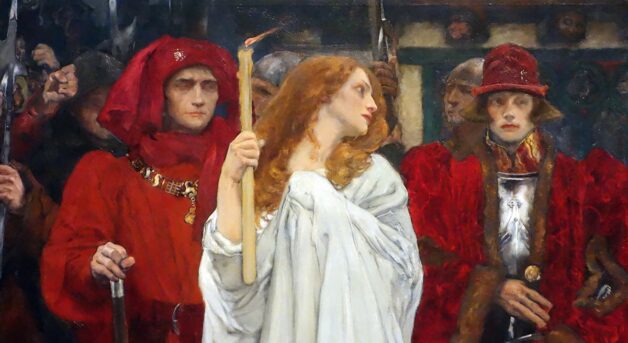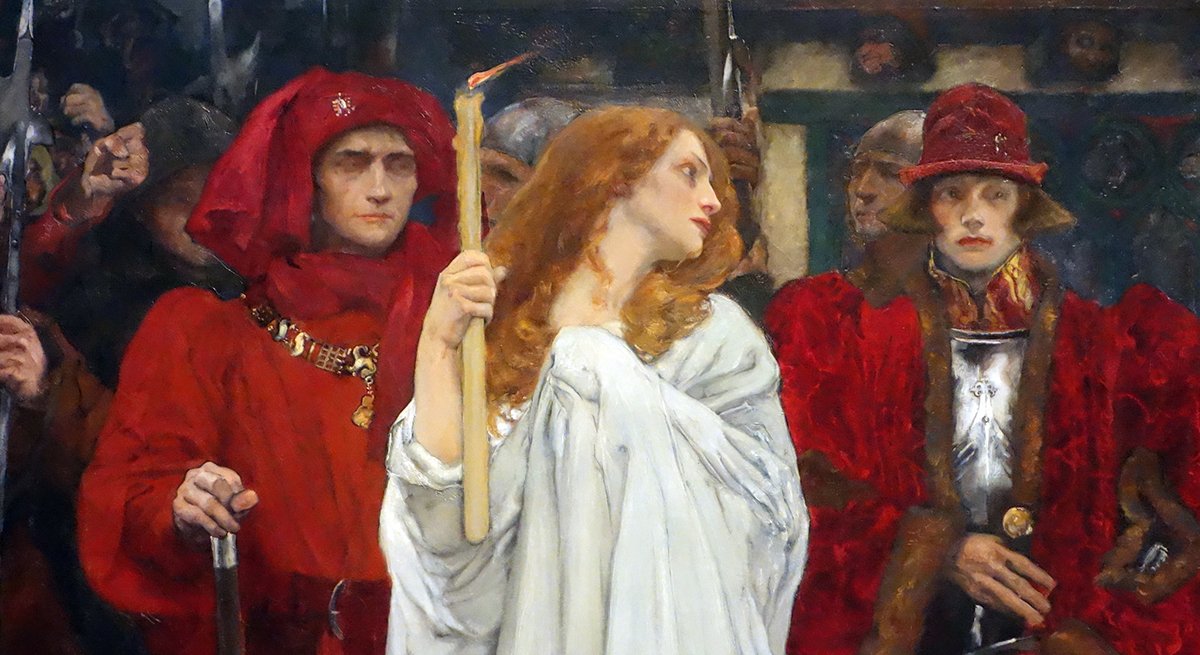Here’s a cool essay on “Treasonous Magic in the Courts of Henry VI and Henry VIII” posted by Hadean Press major domo Erzebet Barthold on Hadean’s site:
“Despite its seemingly marginalised place in society and ecclesiastical prohibitions against it, illicit magic was cited as evidence of treason during the reigns of Henry VI and Henry VIII, particularly when the accused were of noble rank. The definition of magic used here follows Kelly in that it encompasses any attempt to control or foresee events through ‘occult powers or by supernatural agency’,[1] and especially by communication with spirits—in other words, necromancy or nigromancy as it was known in the late medieval period. First defined in the Latin West in the seventh century by Isidore of Seville, necromancers ‘are those by whose incantations the dead, brought back to life, seem to prophesy, and to answer what is asked…’.[2] Kieckhefer describes how necromancy appeared to flourish within the late medieval clerical underworld;[3] Boudet describes this underworld as ‘an underground and informal network’[4] which can be seen to influence the highest echelons of society. Stanmore takes this argument further: not only were magicians not practicing in isolation, neither were they operating completely underground; rather they were part of a commercial network of which there was ‘a broad cultural knowledge’.[5] In England, magic itself was not a secular crime until 1542; prior to that it fell under ecclesiastical jurisdiction, with necromancy, along with heresy, taken especially seriously.[6] At the same time prophecy, which was linked to magic by intent, was also made a crime by Henry VIII’s government. This essay shows how the use of treasonous magic was not only a reaction to heightened instability, but also a cause of it, indicating its status as what Boudet calls a ‘central function in the exercise of power’[7] in the medieval courts of Henry VI and VIII..”
Read the whole schmear:
https://www.hadeanpress.com/magic-studies/blog-post-title-one-f7aza.


